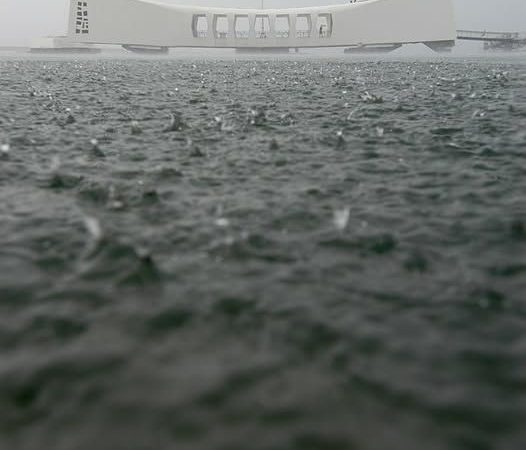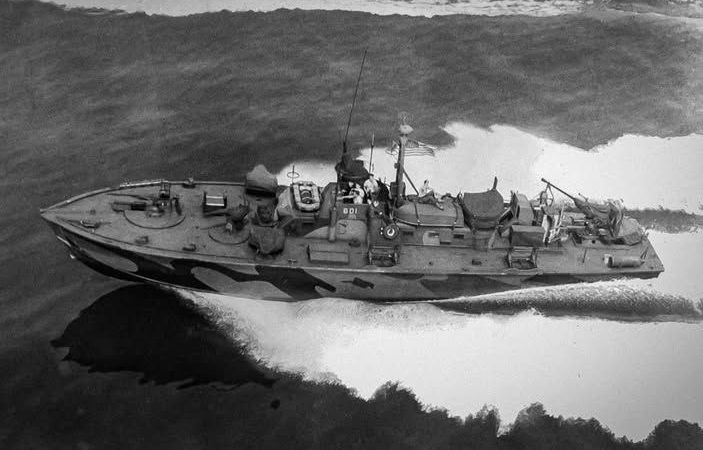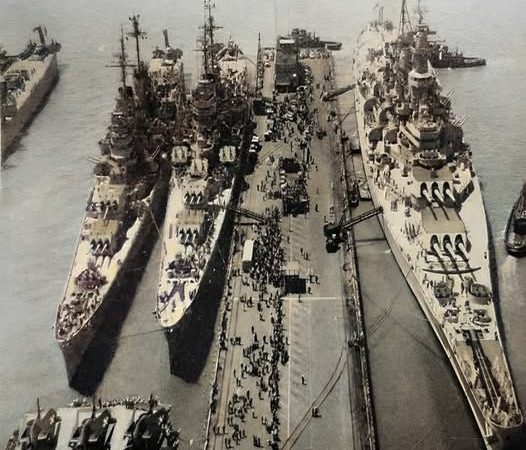USS Wasp (CV-18) Anchored in New York Harbor, November 1951: Recently Upgraded for Jet Operations as Third Essex-Class Carrier
USS Wasp (CV-18) Anchored in New York Harbor, November 1951: A Milestone in Naval Aviation
In November 1951, the USS Wasp (CV-18) lay anchored in New York Harbor, freshly retrofitted to take on a new era of naval aviation. This Essex-class aircraft carrier had recently completed the SCB-27A modernization program, a significant upgrade that allowed her to operate the latest generation of jet-powered aircraft. As the third Essex-class carrier to receive this enhancement, following the USS Oriskany (CV-34) and USS Essex (CV-9), the Wasp now represented the cutting edge of American naval power.

The SCB-27A program, launched after World War II, was designed to modernize the Navy’s fleet to keep up with advancements in aviation technology and the increasing importance of air superiority in naval warfare. For the Wasp, this transformation included a reinforced flight deck, updated catapults, an angled deck for safer jet landings, and advanced arresting gear. These modifications enabled the ship to accommodate faster, heavier jet fighters and bombers, which were quickly becoming essential assets during the Cold War.

USS Wasp’s modernization symbolized not only a technical upgrade but also a shift in the role of aircraft carriers within the Navy’s strategic framework. With jet-capable carriers like Wasp, the Navy could extend its reach, protect its forces from new airborne threats, and project power far beyond the limitations of traditional propeller-driven aircraft. The refit was a significant step in adapting the carrier force to the new challenges of the post-WWII world, showcasing the Navy’s commitment to maintaining technological superiority.

As she sat anchored in New York Harbor in 1951, the USS Wasp was a powerful reminder of how adaptability and innovation drive the evolution of military power. This moment in naval history set the stage for a new age of aircraft carriers, one defined by rapid technological advancements and the ever-increasing importance of air power.




